Fat In Sport — More than a body
Being Fat In Sports
In sport, the body is often treated as a symbol before it is seen as a person. For fat athletes, this symbolism becomes a burden shaped by stereotypes, assumptions, and emotional taxation. They are praised for power, mocked for endurance, and rarely seen as strategic or graceful. Their bodies are discussed more than their minds. Their effort is framed as exceptional, their presence as surprising.
The issue is not just physical. It is cultural, psychological, and deeply personal. Fat athletes are often used as comic relief, enforcers, or mascots — never tacticians or leaders. Their skill is often seen as surprising rather than expected. This creates a cycle of emotional labor, identity distortion, and internal conflict. Sport should be a space of freedom. For fat athletes, it is often a stage of survival.

The first glance
Fat athletes are judged before they move. The moment they step onto a field, court, or track, assumptions begin. Spectators expect slowness, clumsiness, or comedic value. Coaches may see them as liabilities or power tools — never as nuanced contributors. Teammates may offer support, but often through backhanded compliments. The first glance becomes a lasting impression. Fat athletes must work harder to prove they belong. Their skill is often seen as a surprise rather than a standard.
This creates a psychological loop — perform not just to win, but to justify presence. The pressure is silent but constant. It shapes posture, tone, and self-talk. Fat athletes often internalize the gaze — adjusting behavior to soften perception. They may smile more, speak less, or overcompensate with humor. The first glance is not just visual. It is symbolic. It defines the emotional terrain fat athletes must navigate every time they compete.
Utilised, not understood
Fat athletes are often utilised for their size, not understood for their skill. In contact sports, they are placed in positions of brute force. In team dynamics, they are expected to absorb impact, block, or intimidate. Their bodies become tools, not expressions. Coaches may praise their strength but ignore their strategy. This creates a one-dimensional role — useful, but not respected. Fat athletes are rarely asked about tactics or leadership. Their intelligence is often overlooked. They are seen as physical assets, not mental contributors.
This affects confidence, communication, and long-term development. Fat athletes may internalise this role and stop advocating for themselves. They may feel grateful just to be included. But inclusion without understanding is not equity. It is exploitation. Fat athletes deserve to be seen as whole players, not just heavy ones.
How fat athletes are typically framed
| Assigned role | Common stereotype | Emotional impact on athlete |
|---|---|---|
| Enforcer | Strong but slow | Pressure to be aggressive |
| Comic relief | Funny, clumsy, lovable | Internalised shame or masking |
| Token inclusion | “Good for their size” | Conditional acceptance |
| Power player | Useful in short bursts only | Undervalued endurance or strategy |
| Mascot or motivator | Team spirit, not skill | Lack of tactical recognition |
The emotional tax
Being fat in sport comes with an emotional tax that few acknowledge. Every training session, game, or competition carries extra psychological weight. Fat athletes often feel they must prove they belong — not just through performance, but through personality. They may overcompensate with humor, humility, or silence. They may avoid confrontation to preserve their place. The fear of being labeled lazy, unfit, or uncommitted is constant. Even when they succeed, the praise is often conditional.
“You did well for your size” is not a compliment — it’s a cage. Fat athletes may experience imposter syndrome, even when they outperform others. They may feel isolated, misunderstood, or tokenized. This emotional tax affects sleep, motivation, and mental health. It can lead to burnout, withdrawal, or self-sabotage. Sport should be a source of joy. For fat athletes, it is often a source of anxiety. The emotional tax is real, and it is heavy.
Emotional burdens fat athletes commonly carry
| Emotional burden | Triggering context | Long-term effect |
|---|---|---|
| Imposter syndrome | Praise framed as surprise | Chronic self-doubt |
| Social masking | Fear of ridicule or rejection | Loss of authentic expression |
| Hypervigilance | Constant judgment or commentary | Anxiety and emotional fatigue |
| Gratitude pressure | Inclusion framed as generosity | Suppressed boundaries and voice |
| Conditional praise | “Good for your size” compliments | Internalised shame and confusion |
How you’re seen
Fat athletes are rarely seen as individuals. They are seen as types — the big guy, the enforcer, the comic relief. Their bodies are read before their names are remembered. Media coverage often focuses on size, not skill. Commentators may joke about weight or frame it as a novelty. Fans may cheer ironically or fetishize their presence. Opponents may underestimate them or target them physically. This creates a distorted mirror — one that reflects stereotype, not self. Fat athletes may struggle to see themselves clearly.
They may feel invisible in moments of nuance and hyper-visible in moments of failure. Their identity becomes reactive, shaped by how others see them. This affects self-worth, ambition, and emotional resilience. Visibility without respect is not representation. It is exposure. Fat athletes deserve to be seen as complex, capable, and complete.
Media and public framing of fat athletes
| Context | Typical framing | Impact on athlete identity |
|---|---|---|
| Sports commentary | Jokes, surprise, novelty | Humiliation or tokenisation |
| Social media | Viral moments, body-focused memes | Objectification or ridicule |
| Sponsorship narratives | Redemption arcs or “against the odds” | Erasure of skill and consistency |
| Fan culture | Fetishisation or ironic support | Confusion and emotional distancing |
| Team dynamics | “Big presence” over “smart player” | Strategic invisibility |
How you feel inside
Inside, fat athletes often carry a storm. They may feel proud of their strength but ashamed of how it’s perceived. They may love their sport but dread the locker room. They may crave competition but fear commentary. The internal dialogue is often conflicted — “I belong here” versus “They don’t think I do.” Fat athletes may feel like imposters, even when they win. They may question their value, their voice, and their visibility. The pressure to perform is doubled by the pressure to justify. Every mistake feels magnified.
Every success feels conditional. Inside, there may be joy, rage, fear, and fatigue — all at once. Fat athletes may struggle with body image, even when they are fit. They may feel disconnected from their own reflection. Sport should build confidence. For fat athletes, it often builds conflict. The inside story is rarely told. But it matters.
Internal conflicts reported by fat athletes
| Conflict type | Description | Emotional consequence |
|---|---|---|
| Belonging vs perception | Feeling skilled but seen as unfit | Identity fragmentation |
| Pride vs shame | Loving strength but fearing judgment | Emotional suppression |
| Joy vs vigilance | Loving sport but fearing exposure | Chronic anxiety |
| Fit vs fat | Being healthy but labeled unhealthy | Body image distortion |
| Assertiveness vs silence | Wanting voice but fearing backlash | Loss of agency |
In every arena
Fat stigma exists in every arena — not just elite sport. In school teams, fat kids are often picked last or mocked openly. In community leagues, they may be welcomed but not respected. In professional sport, they may be praised for power but denied leadership. In media, they are rarely shown unless they are exceptional or comedic. In fitness culture, they are treated as projects, not people. In coaching, they are often overlooked for strategy roles. In commentary, they are reduced to body jokes or surprise performances. In sponsorship, they are rarely chosen unless they fit a redemption narrative.
In fan culture, they are either fetishised or ignored. In training, they may be pushed harder or doubted more. In medical settings, they may be misdiagnosed or dismissed. In social media, they face trolling, tokenism, or silence. Fat stigma is systemic, not situational. It exists everywhere sport exists. And it must be named to be changed.

Where fat stigma shows up in sport
| Arena | Common experience | Psychological consequence |
|---|---|---|
| School teams | Last picked, mocked | Early shame, withdrawal |
| Community leagues | Inclusion without respect | Low confidence, social masking |
| Professional sport | Power praised, leadership denied | Strategic invisibility |
| Fitness culture | Treated as a “before” story | Objectification, loss of agency |
| Coaching roles | Rarely offered tactical authority | Suppressed ambition |
| Sponsorship | Redemption arcs only | Conditional visibility |
| Social media | Trolling, memes, silence | Anxiety, body image distortion |
The role you’re given
Fat athletes are often assigned roles they didn’t choose. They are expected to be tough, silent, and self-sacrificing. They are rarely allowed to be vulnerable, strategic, or expressive. Their bodies are used to fill gaps in team structure — not to reflect personal skill. They are praised for absorbing impact, not for creating plays. They are expected to be grateful, not assertive. This creates a cycle of emotional suppression and tactical exclusion. Fat athletes may internalise these roles and stop asking for more.
They may feel they are only valuable when they are useful. This erodes self-worth and long-term development. It also affects how teammates and coaches interact with them. Fat athletes may be celebrated for their “presence” but denied leadership. They may be seen as motivators, not thinkers. Their voice may be welcomed in hype but ignored in planning. The role they are given is often louder than the role they want. And it shapes how they are remembered.
Assigned roles vs desired roles
| Assigned role | Typical expectation | Desired role |
|---|---|---|
| Enforcer | Absorb contact, intimidate | Tactical contributor |
| Motivator | Boost morale, cheer loudly | Strategic leader |
| Mascot | Represent team spirit | Represent skill and nuance |
| Comic relief | Entertain, deflect tension | Be taken seriously |
| Token inclusion | Fill diversity optics | Be valued for performance |
The locker room
The locker room is often a site of emotional tension for fat athletes. It is where bodies are exposed, compared, and commented on. Fat athletes may feel hyper-visible or try to disappear. They may change quickly, avoid mirrors, or use humour to deflect attention. Locker room banter can be cruel, even when framed as friendly. Comments about size, sweat, or clothing can cut deeply. Fat athletes may feel they are being watched more closely. They may be excluded from private jokes or team rituals.
They may be asked to laugh at themselves to be accepted. This creates a space of emotional masking and physical discomfort. The locker room should be a place of bonding. For fat athletes, it is often a place of survival. They may dread it more than the competition itself. The locker room experience shapes how they feel about their body. And how they feel about their team.
Locker room dynamics for fat athletes
| Experience | Common reaction | Emotional impact |
|---|---|---|
| Body comparison | Avoid mirrors, change quickly | Shame, anxiety |
| Humour deflection | Joke about self to avoid ridicule | Masking, emotional fatigue |
| Clothing commentary | Comments on fit or sweat | Self-consciousness |
| Ritual exclusion | Left out of bonding activities | Isolation, distrust |
| Surveillance feeling | Sense of being watched | Hypervigilance, withdrawal |
The coach’s lens
Coaches play a pivotal role in shaping how fat athletes are seen and used. Their perception can either reinforce stereotypes or dismantle them. Some coaches view fat athletes as tactical liabilities, others as physical assets. Rarely are they seen as strategic thinkers or leadership material. Fat athletes may be praised for effort but denied complexity. They may be pushed harder than others or given fewer chances to rest. Their conditioning is often questioned, even when they meet benchmarks.
Coaches may avoid placing them in visible or high-pressure roles. They may be excluded from captaincy or decision-making. This affects team dynamics and athlete development. Fat athletes may internalise these exclusions and stop advocating for themselves. They may feel they must earn respect through pain, not performance. Coaching bias is often subtle but deeply impactful. It shapes opportunity, confidence, and long-term retention. A coach’s lens can either liberate or limit.

Coaching patterns that affect fat athletes
| Coaching behavior | Common rationale | Impact on athlete |
|---|---|---|
| Overtraining | “They need to prove fitness” | Burnout, injury risk |
| Understrategising | “They’re not tactical” | Stunted development |
| Role restriction | “Best used in short bursts” | Lack of versatility |
| Visibility avoidance | “Don’t want them exposed” | Shame, invisibility |
| Praise without promotion | “Great effort” but no advancement | Emotional confusion |
The teammate dynamic
Teammates can be a source of strength or stress for fat athletes. In some cases, they offer genuine support and solidarity. In others, they reinforce stereotypes through jokes, exclusion, or silence. Fat athletes may be treated as comic relief or emotional anchors. They may be expected to absorb tension or deflect criticism. Their bodies may be commented on casually, without consent.
They may be left out of social plans or team rituals. Teammates may assume they are less fit, less skilled, or less committed. This affects trust, bonding, and performance. Fat athletes may feel they must earn friendship through compliance. They may suppress discomfort to maintain harmony. The teammate dynamic is often shaped by culture and leadership. Inclusive teams challenge bias and build trust. Exclusive teams amplify shame and silence. Fat athletes deserve teammates who see their full humanity. Not just their frame.
Teammate behaviors and their effects
| Behavior | Typical framing | Emotional consequence |
|---|---|---|
| Casual body jokes | “Just banter” | Humiliation, masking |
| Exclusion from rituals | “Didn’t think they’d want to join” | Isolation, distrust |
| Fitness assumptions | “Probably can’t keep up” | Undermined confidence |
| Emotional dumping | “You’re strong, you can handle it” | Burnout, resentment |
| Selective praise | “Surprisingly good” | Conditional acceptance |
The fan experience
Fat athletes experience fandom differently. Some fans celebrate them as underdog heroes. Others mock them as novelties. Their bodies are often the focus of attention — not their skill. Fat athletes may be cheered ironically or fetishised. They may be asked for selfies but not respected in interviews. Fan culture can be cruel, even when it claims to be supportive. Online comments often target weight before performance. Fat athletes may be reduced to memes or viral moments.
They may be praised for effort but denied nuance. This affects how they engage with supporters. Some withdraw entirely. Others perform a version of themselves to stay liked. The fan experience should be affirming. For fat athletes, it is often conditional. Visibility without dignity is not celebration. It is exposure.
Fan culture and fat athlete visibility
| Fan behavior | Common expression | Impact on athlete |
|---|---|---|
| Fetishisation | “I love big players” | Objectification |
| Irony-based cheering | “Go big guy!” | Humiliation masked as support |
| Meme creation | Viral clips of body-related moments | Loss of control over image |
| Selective praise | “Effort king” | Erasure of skill |
| Avoidance in interviews | “Not media-friendly” | Silencing, invisibility |
The medical gaze
Fat athletes face a unique kind of scrutiny in medical settings. Their injuries may be blamed on weight before mechanics are assessed. Their pain may be dismissed as expected. Their fitness may be questioned even when they outperform peers. Medical professionals may focus on weight loss rather than recovery. This creates a barrier to trust and healing. Fat athletes may avoid seeking help to escape judgment.
They may downplay symptoms or overtrain to prove resilience. The medical gaze often sees fatness as pathology, not context. It ignores conditioning, sport-specific strain, and individual variation. This leads to misdiagnosis, delayed treatment, and emotional harm. Fat athletes deserve care that sees their full story. Not just their size. The medical gaze must shift from assumption to understanding. From weight-first to athlete-first.
Medical bias in sport injury treatment
| Medical response | Common assumption | Consequence for fat athletes |
|---|---|---|
| Blame on weight | “It’s because of your size” | Misdiagnosis, delayed recovery |
| Fitness dismissal | “You’re not conditioned enough” | Ignored benchmarks, emotional harm |
| Weight-first treatment | “Let’s talk about diet” | Distracted care, loss of trust |
| Pain minimisation | “That’s normal for your build” | Suppressed symptoms, overtraining |
| Avoidance of nuance | “It’s just wear and tear” | Missed sport-specific insight |
The silence around success
When fat athletes succeed, the silence is telling. Their victories are often framed as anomalies. Their records may be celebrated but not studied. Their leadership may be praised but not replicated. Fat athletes who win are rarely used as models. Their success is seen as personal, not structural. This erases the possibility of systemic change. It also isolates the athlete. They may feel they are the exception, not the example. Their story may be flattened into a redemption arc. Or ignored entirely. Success should bring visibility and influence. For fat athletes, it often brings silence. This silence is a form of resistance. It protects bias from being challenged. Fat athletes deserve to be seen as leaders. Not just survivors.
How fat athlete success is framed
| Achievement type | Typical framing | Systemic impact |
|---|---|---|
| Record-breaking | “Unbelievable” | Treated as anomaly |
| Tactical leadership | “Unexpected brilliance” | Not replicated or studied |
| Endurance performance | “Surprisingly consistent” | Undervalued in training models |
| Team captaincy | “Great motivator” | Emotional role over strategic role |
| Career longevity | “Defied odds” | Ignored in sport science discourse |

The exit
Many fat athletes leave sport earlier than they should. Not because of injury — but because of invisibility. They grow tired of being misunderstood, misused, or mocked. They may lose love for the game. Or lose trust in the system. Their exit is often quiet. No farewell posts, no legacy tributes. Just absence. This loss is not just personal. It is cultural. Sport loses thinkers, leaders, and challengers. Fat athletes who leave take with them stories that could reshape the field. Their departure is a signal. That inclusion without respect is not sustainable. That visibility without voice is not enough. The exit is preventable. But only if the system listens.
Reasons fat athletes leave sport
| Departure trigger | Underlying cause | Preventable with |
|---|---|---|
| Emotional burnout | Constant judgment, masking | Psychological support, safe spaces |
| Tactical exclusion | Denied strategic roles | Inclusive coaching |
| Media erasure | Lack of coverage or respect | Representation reform |
| Team culture | Humour, exclusion, silence | Accountability and education |
| Medical distrust | Weight-first care | Athlete-first treatment models |
Conclusion — What needs to change
Fat athletes deserve more than tolerance. They deserve respect, strategy, and space. They deserve to be seen as whole players — not just heavy ones. Sport must shift from spectacle to substance. From body-first to person-first. This means changing how coaches train, how media frames, how fans cheer, and how teammates bond. It means listening to fat athletes — not just watching them. It means building systems that value nuance, not novelty. Fatness in sport is not a flaw. It is a reality. And it can be a strength. But only if the system stops treating it as a surprise. Fat athletes are not here to defy odds. They are here to define them.
Join the discussion — Questions for reflection
| Prompt | Purpose |
|---|---|
| How do you respond when a fat athlete succeeds? | Reveals bias in praise and surprise |
| What roles do you assign fat athletes in your mind? | Challenges internalised stereotypes |
| How does your team culture include or exclude fat players? | Encourages accountability and change |
| What stories are missing from your sport’s media coverage? | Highlights erasure and representation |
| What would equity look like for fat athletes? | Invites vision and systemic imagination |
#FatAthletesMatter #WeightOfExpectation #SportAndStigma #BodyPoliticsInSport #AthleteNotAnomaly #EmotionalTaxInSport #InclusiveAthletics #ImposterSyndromeInSport #StrategicInvisibility #RedefineRepresentation #ListenToFatAthletes #SportWithoutStereotypes #FatIsNotAFlaw #DefineTheOdds #VisibilityWithoutVoice #CoachingBias #MediaErasure #LockerRoomPolitics #AthleteFirstNotWeightFirst #ChallengeTheGaze

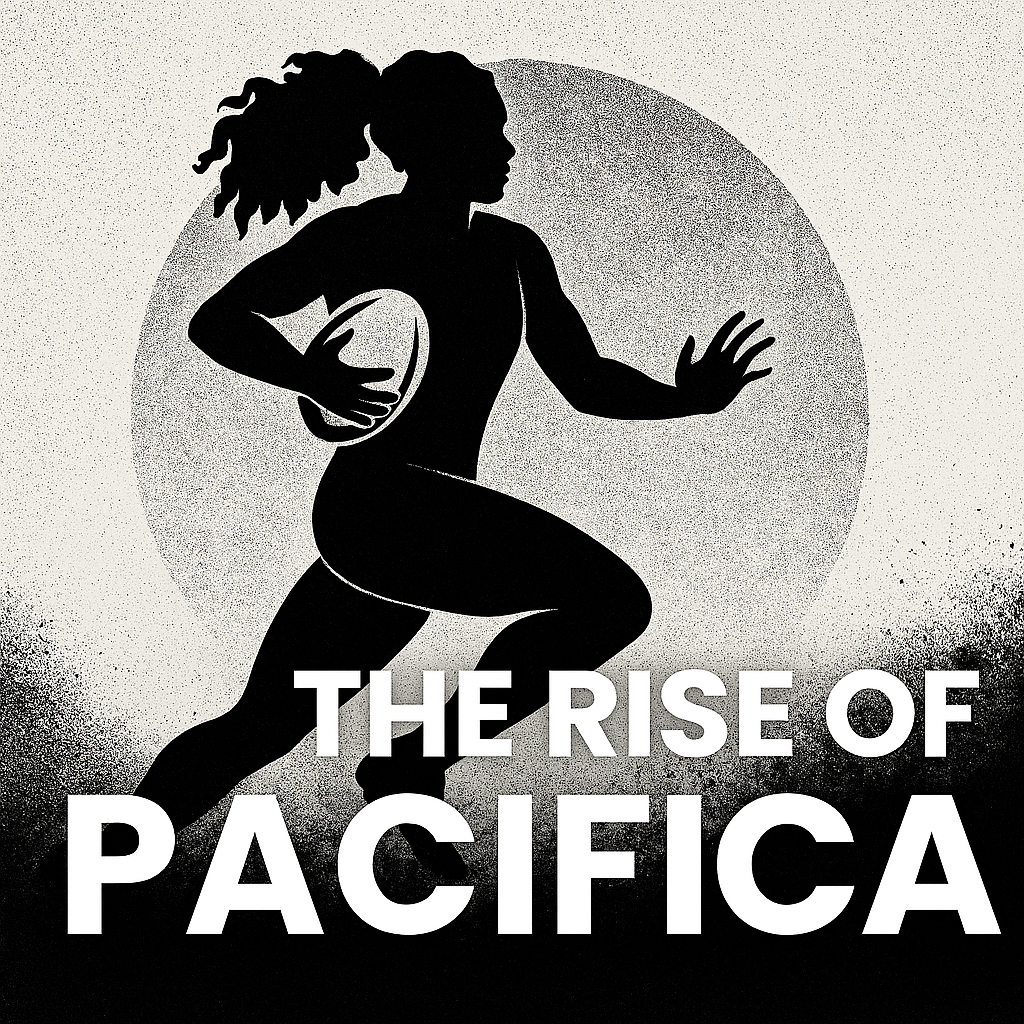
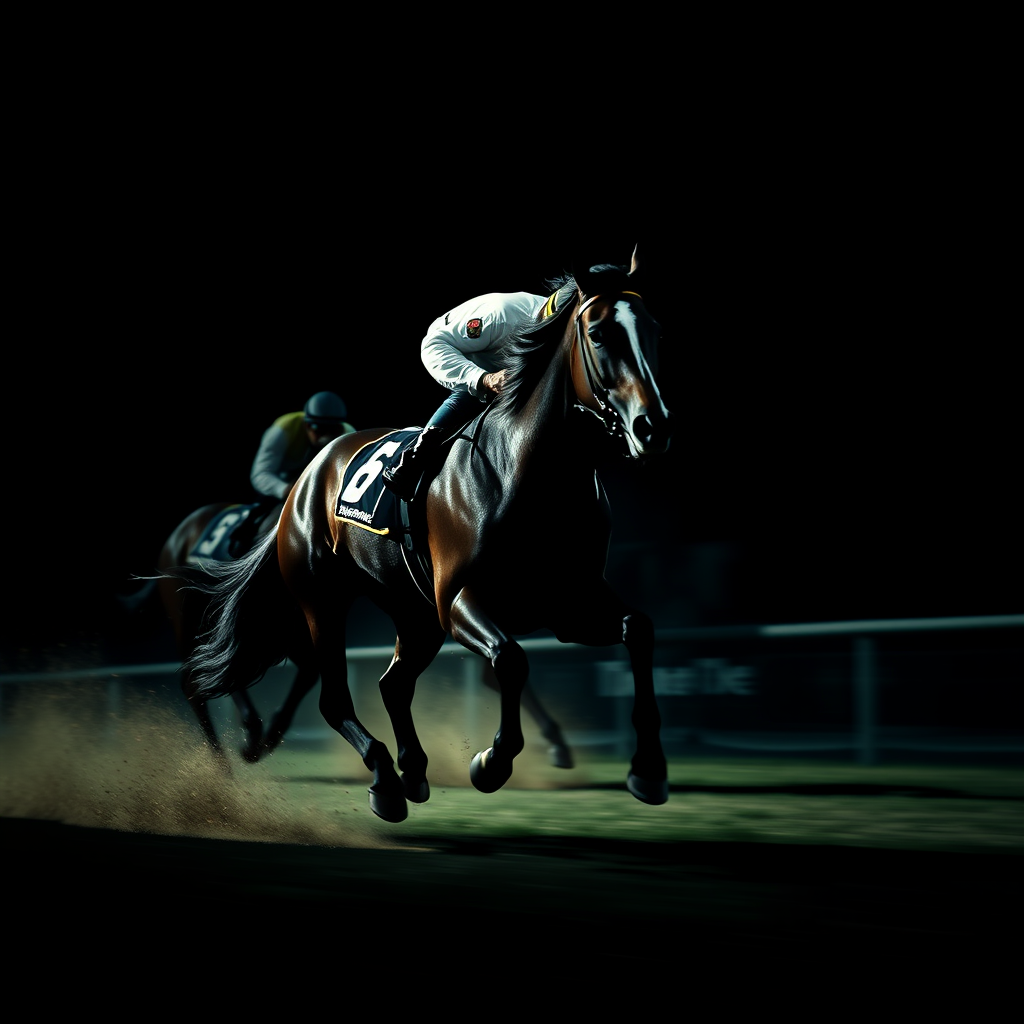
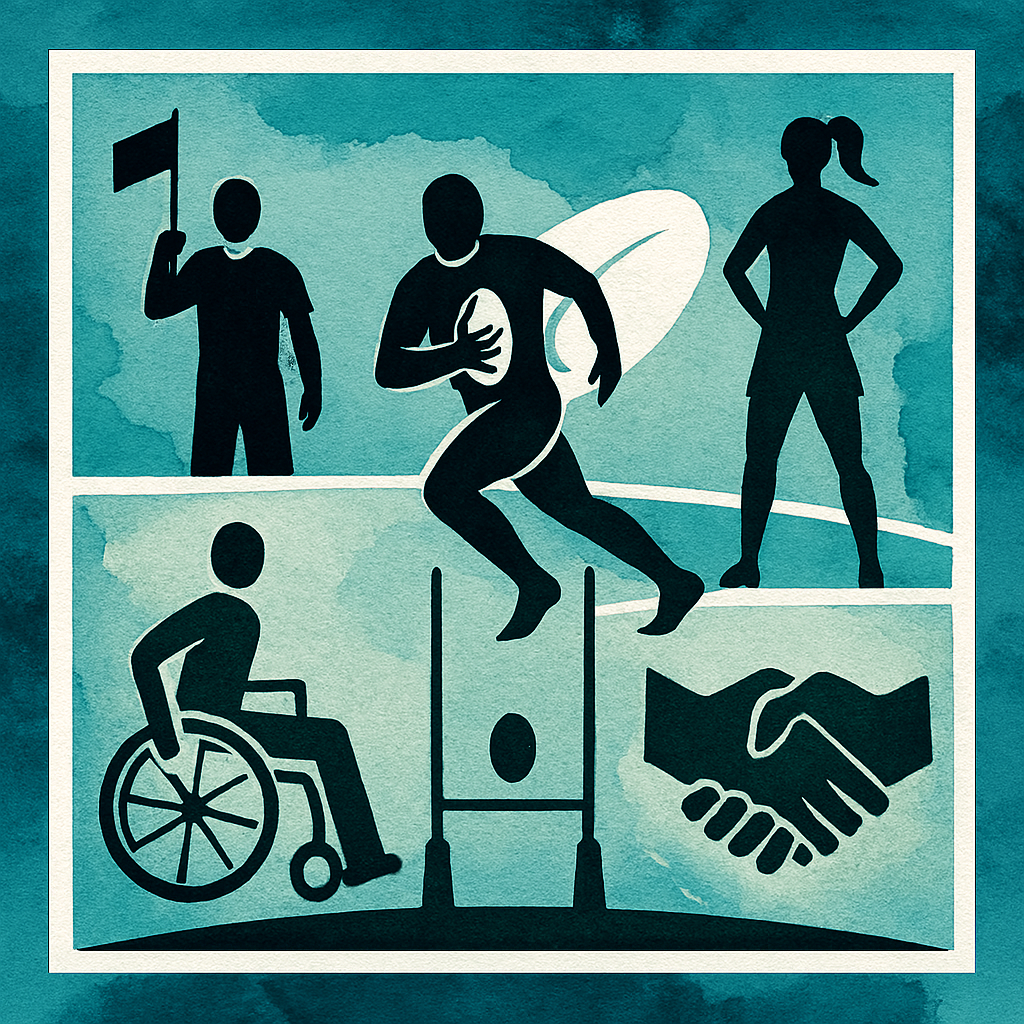

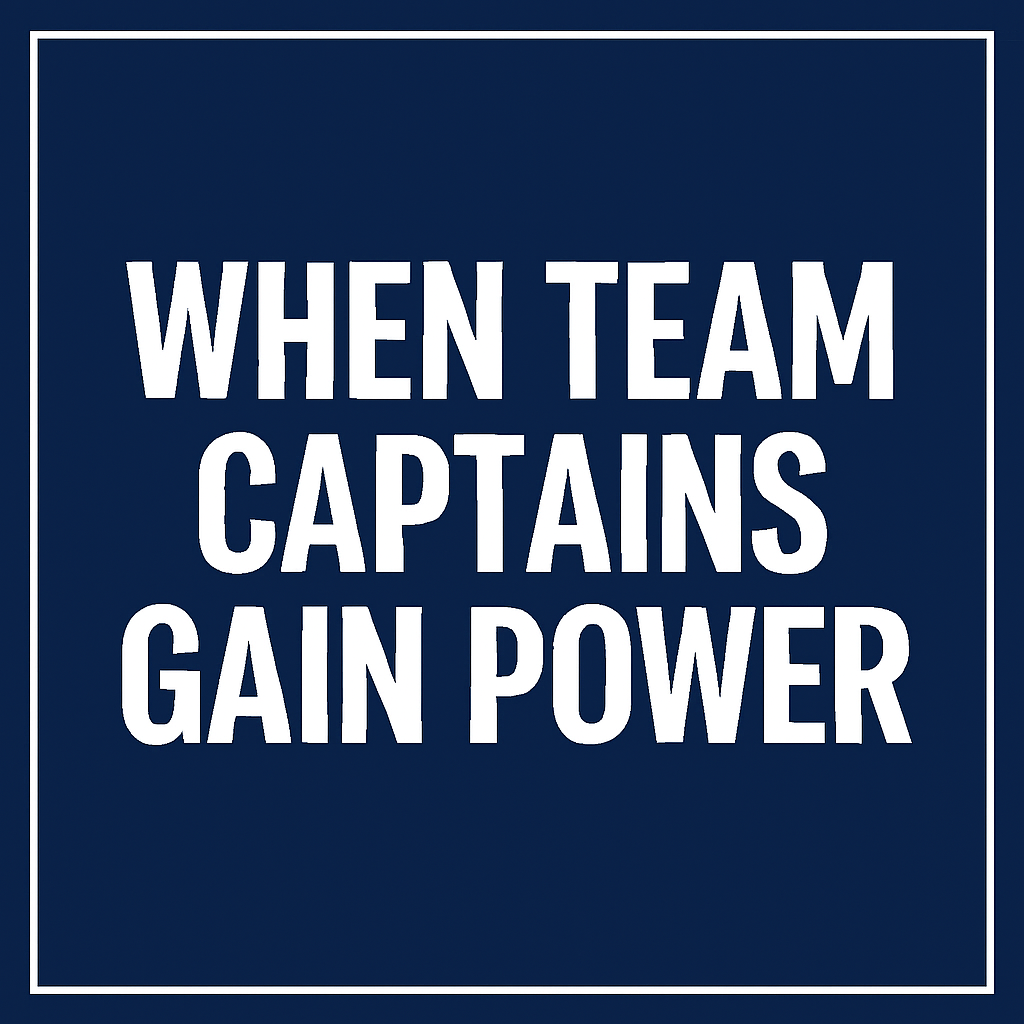
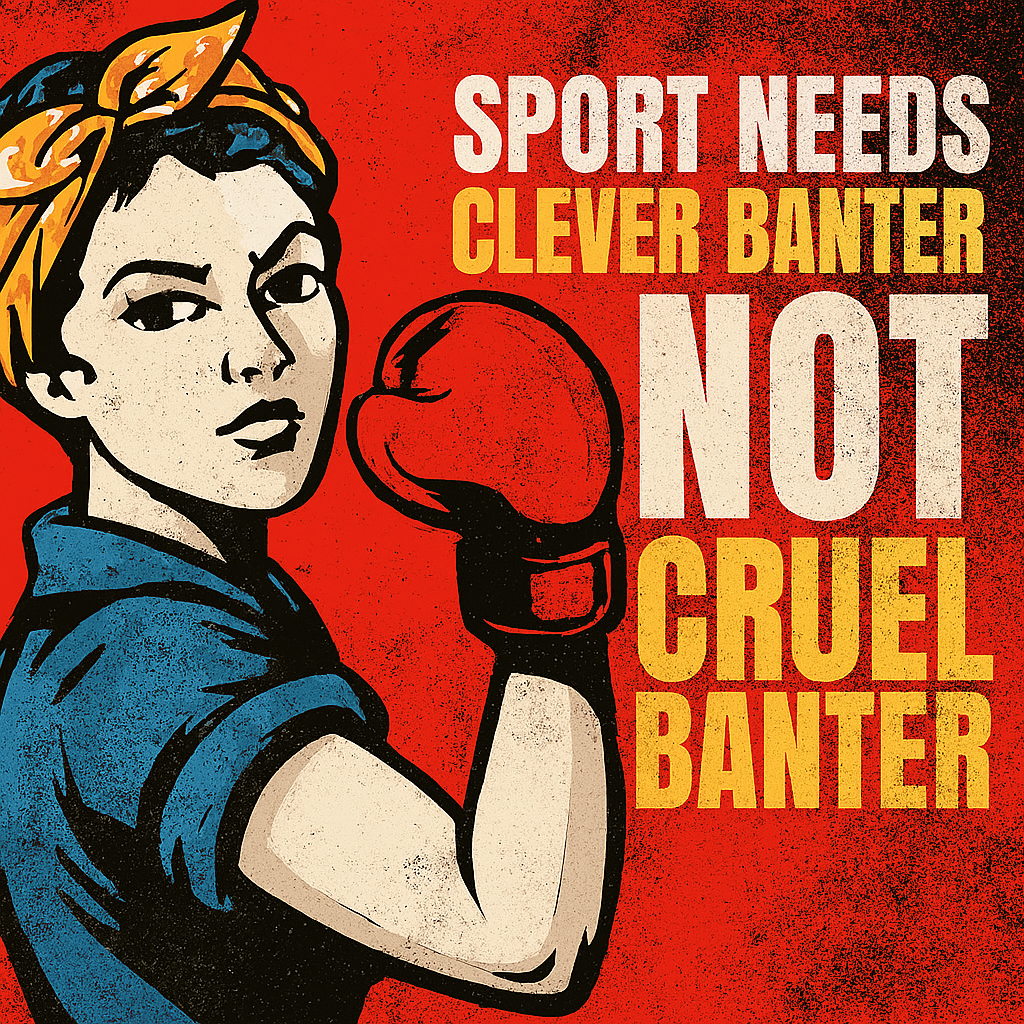
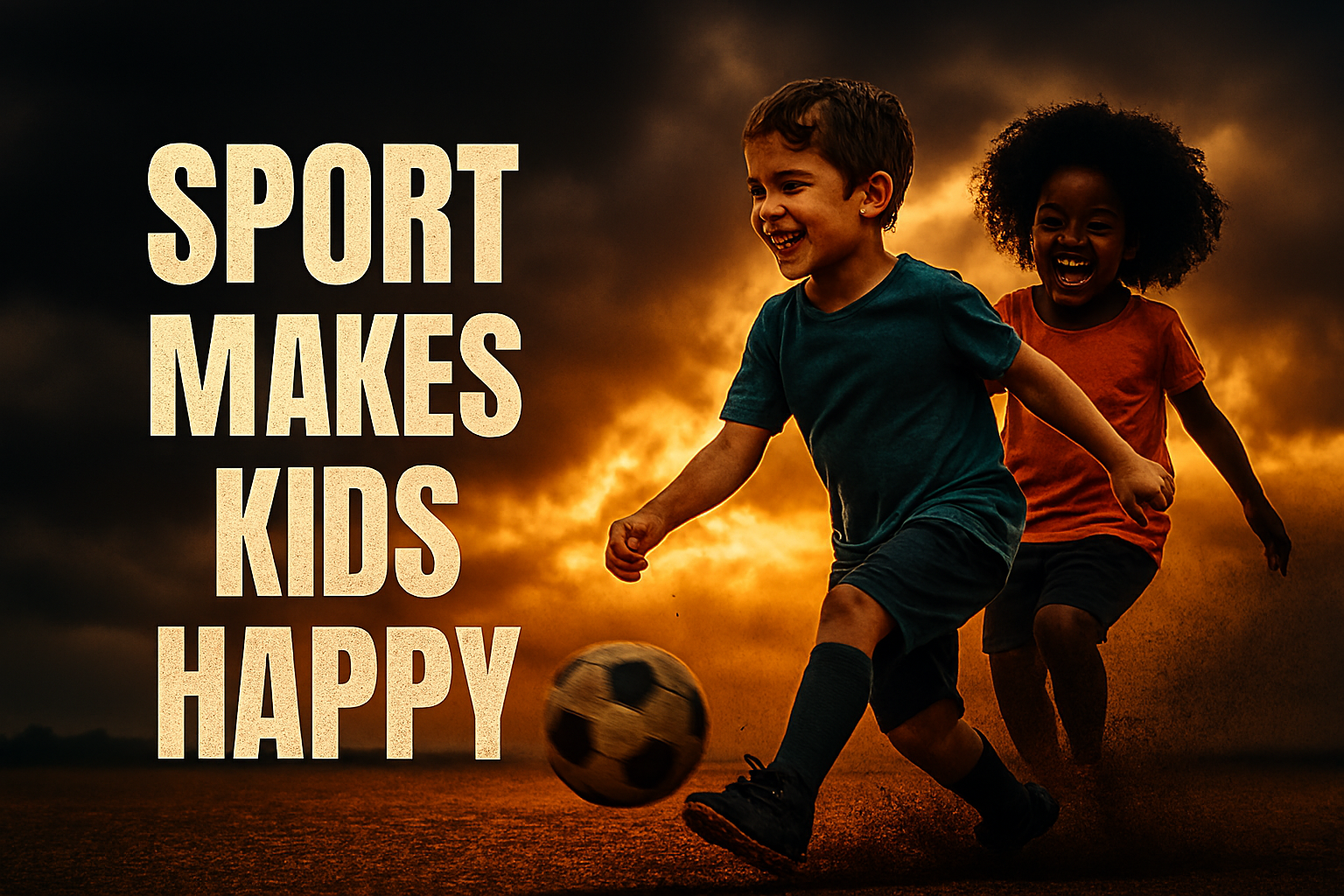
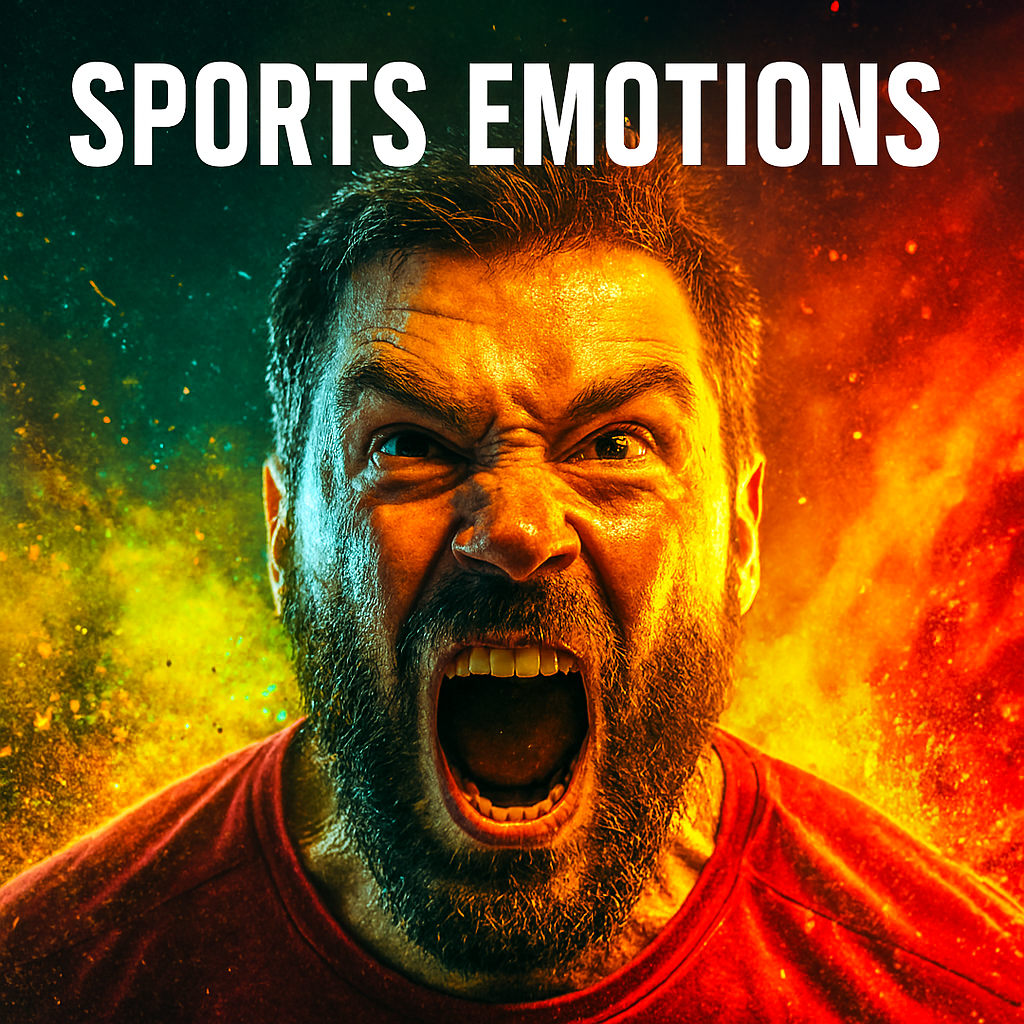
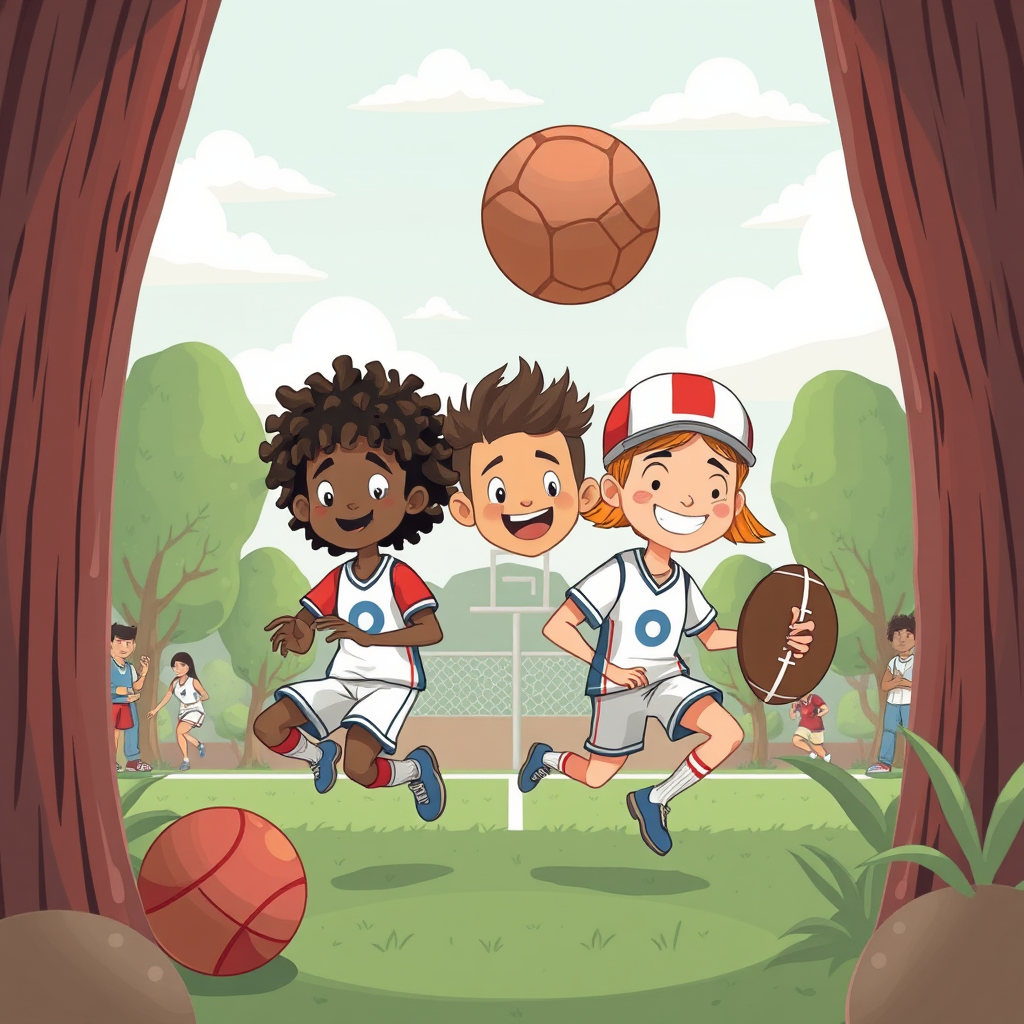
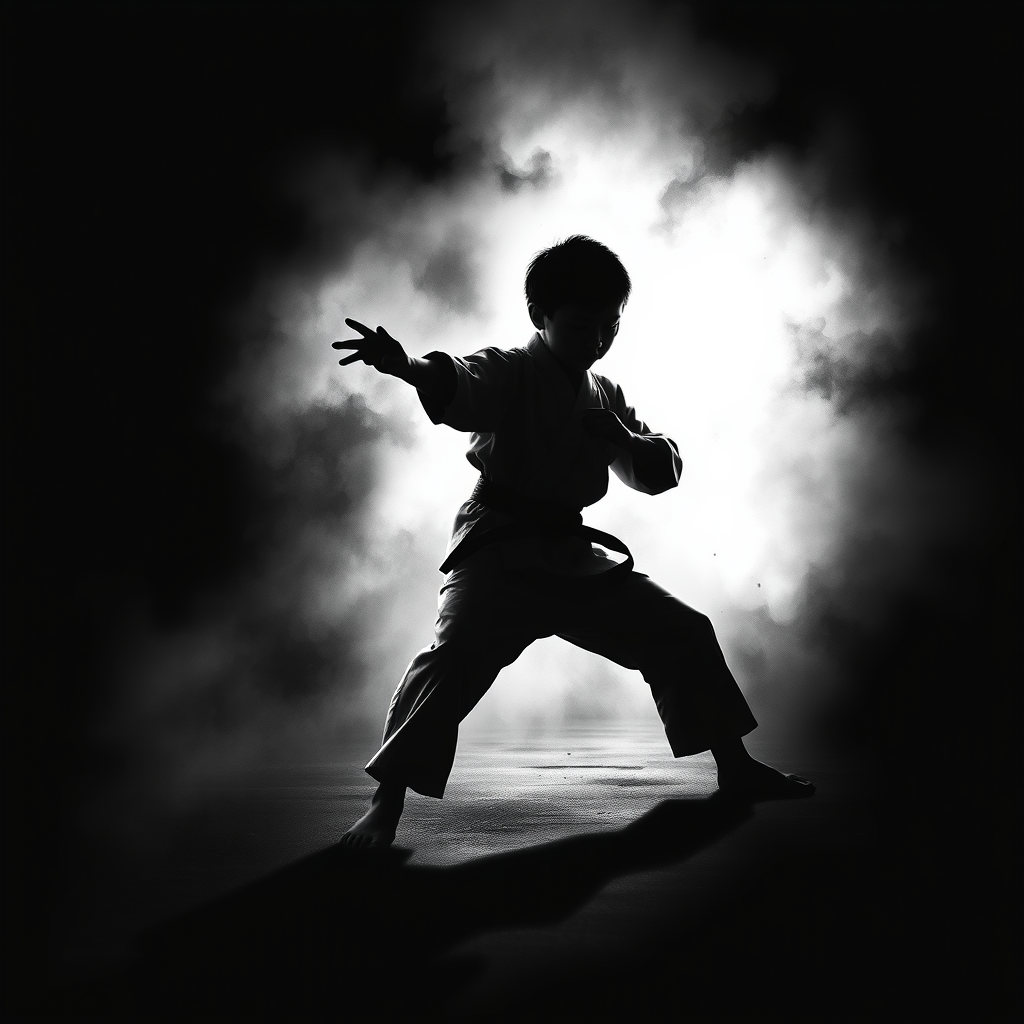
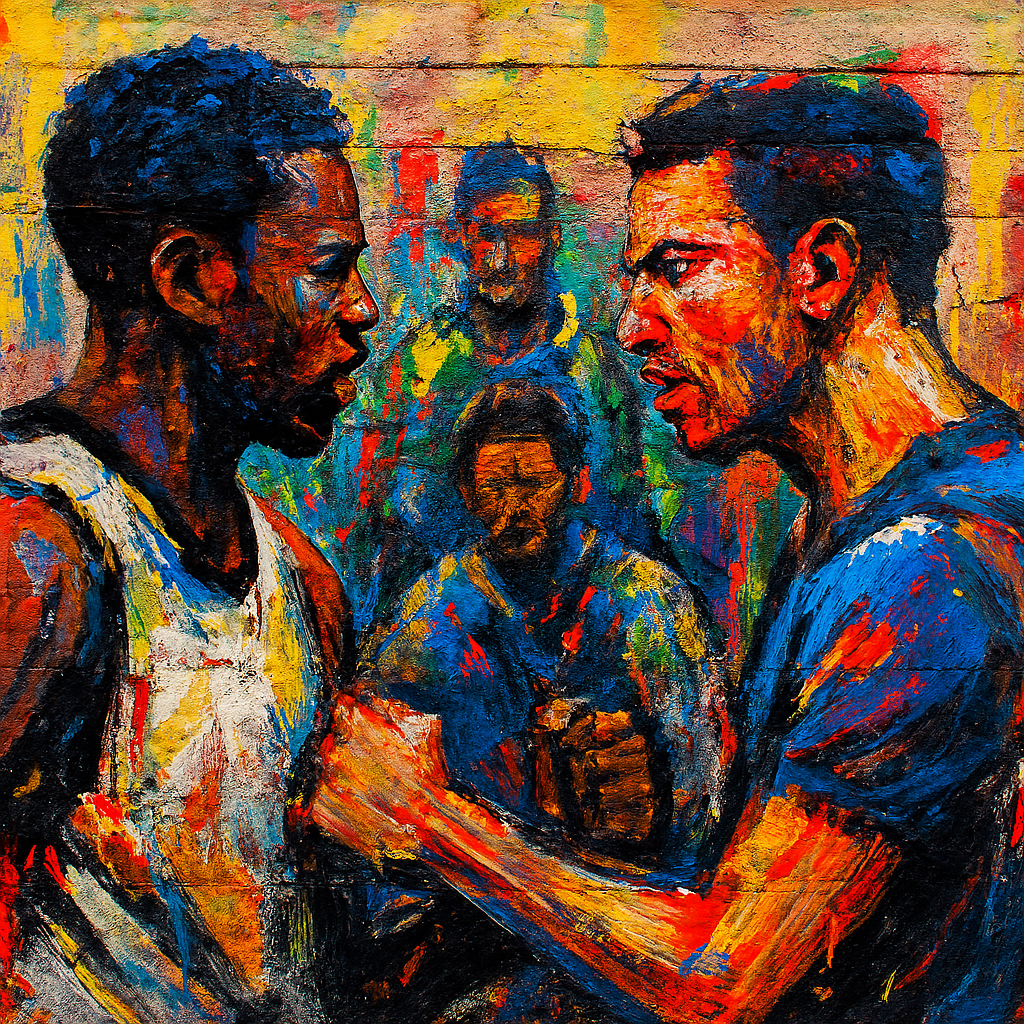



Para-Athlete Innovation Technology Begins With Cool Design
[…] These tools help athletes understand their bodies. They also help coaches tailor programs. Training becomes data-driven, not guesswork. Para-athletes can track progress with precision. They can identify injury risks early. They can […]